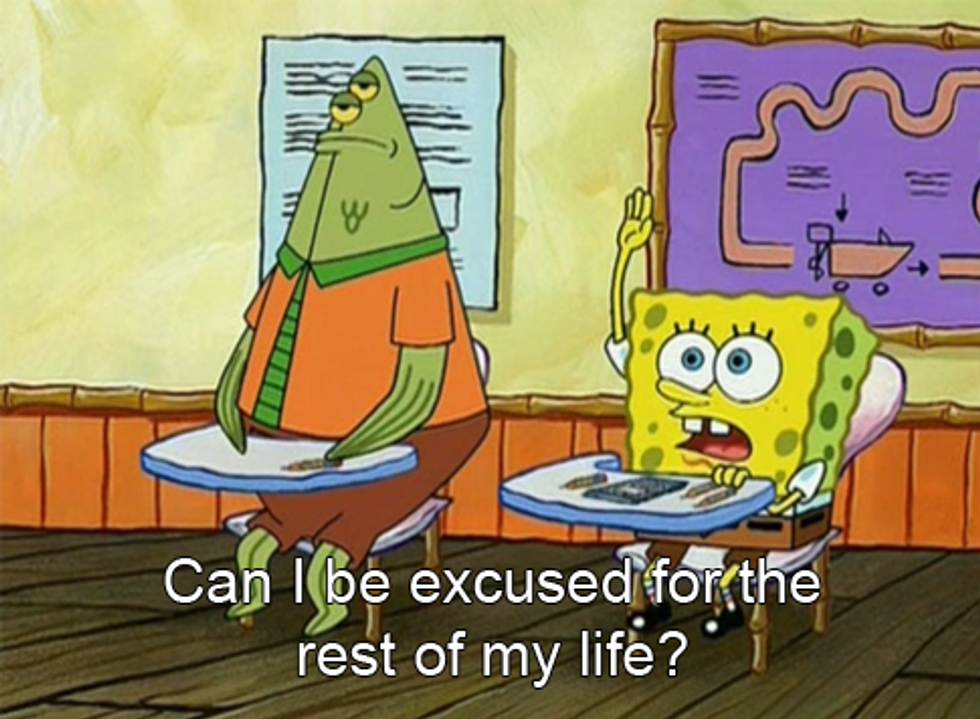A mother’s cry echoes 59 years later, and the sound is heard around the world. The pain in her tears drips onto the hearts of mourners. Their tears slide down moist cheeks and glisten on pursed lips that try to form words that will soothe souls and provoke change when the “right thing to say” seems to be stuck between feelings of anger and sorrow. When the innocence of their adolescence fades in the eyes of society, who protects the young black boys who participate in harmless acts like flirting with a white woman and playing with toy guns. As we enter a new year, if our young boys who look like Tamir Rice and Emmett Till cannot survive, is it really 2016 or 1955?
In 1955, a 14-year-old boy named Emmett Till enters a grocery store in Money, Mississippi. In his hand is a piece of candy, on his hand is black skin. A white woman sits behind the counter in the store and hears him blow a wolf-whistle. With her white pride diminished by a city boy who "didn't know any better," she went to tell her husband and brother. The men went to Emmett Till’s house, where they kidnapped him and later brutally killed him. Three days went by before his mutilated body was found in the Tallahatchie River. In 2014, a 12-year-old boy named Tamir Rice is at a park outside of his local community center in Cleveland, Ohio. In his hand is a toy gun, on his hand is black skin. A nearby woman calls the police to report “a juvenile pulling a gun in and out of his pants and pointing it at people… it is probably fake”. Moments later, a police officer reports to the scene. Within two seconds of him getting out of his car, he shoots and kills Tamir Rice. Both of these boys were killed by white men who were never convicted for what they did.
"...The body looked more like that of a grown man instead of a young boy", the man accused of killing Emmett Till explains as he tries to convince a reporter that Emmett Till is still alive. The officer who has yet to be indicted for Tamir Rice's death has stated that he thought the 5 foot 7 boy was an adult. Maybe, if he would have taken a moment to look into his face he would have seen the innocence of adolescence. However, we are living in a time much like 1955, where young black boys are committing a crime just by being alive.
Emmett Till's case had an all white jury that acquitted the two men who later admitted to killing Emmett Till. Emmett Till had a gash in his forehead you could stick your hand through, along with many other deformities after he was retrieved from the river. Mamie Till wanted others to feel the utter shock that flashed through her body when she tried to find her son's face in a body that had been so destroyed that it did not look of this world. Pictures of the open casket filled black magazines and newspapers. The NAACP and Mamie Till’s mother traveled the country to share the tragic story, this inspired future Civil Rights leaders including Rosa Parks.
Tamir Rice's case has a prosecutor that has publicly stated that he doesn’t think the officer should be indicted because no crime was committed. Video footage of the officer killing Tamir Rice within two seconds of leaving his car and his sister being handcuffed after trying to come to his aid as he laid on the ground battling death, surfaced soon after the fatal incident. However, In a court case on December 28, 2015 the officer who killed Tamir Rice was not indicted. Samaria Rice discussed her vivid anger with the "corrupt court system" in an interview with Melissa Harris-Perry. The NAACP chapter in Cleveland sent out a list of demands to their city and Cleveland activists didn’t stop at demands. On New Year’s Day, activists marched to the prosecutor’s house to confront him for not doing his job.
After both of their deaths, cameras told their stories. In 1955, the images of Emmett Till helped fuel future leaders of the Civil Rights Movement. Who will Tamir Rice inspire? In an age where everything is recorded, will video camera footage broaden our awareness or make us numb to violence? With a consistent lack of indictment, will the movement continue to be fueled or will the engine run dry? We are living in a time paralleled to the Civil Rights Movement of the 1960s. Though newspaper articles have turned into blog posts and retweets, the trends of racism in America are continuing to run on repeat. Will this be the generation to run it off its cyclical path for good?





















